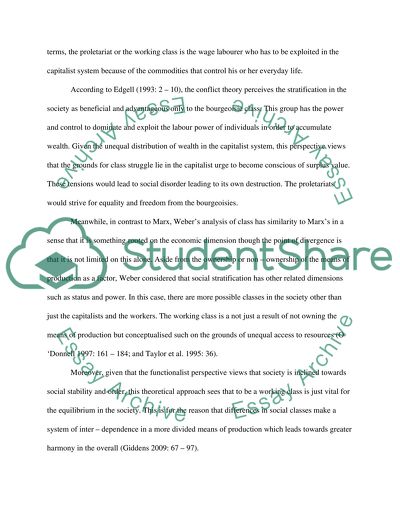Cite this document
(“Critically evaluate the concept of the working class in modern Britain Coursework”, n.d.)
Critically evaluate the concept of the working class in modern Britain Coursework. Retrieved from https://studentshare.org/sociology/1591833-critically-evaluate-the-concept-of-the-working-class-in-modern-britain
Critically evaluate the concept of the working class in modern Britain Coursework. Retrieved from https://studentshare.org/sociology/1591833-critically-evaluate-the-concept-of-the-working-class-in-modern-britain
(Critically Evaluate the Concept of the Working Class in Modern Britain Coursework)
Critically Evaluate the Concept of the Working Class in Modern Britain Coursework. https://studentshare.org/sociology/1591833-critically-evaluate-the-concept-of-the-working-class-in-modern-britain.
Critically Evaluate the Concept of the Working Class in Modern Britain Coursework. https://studentshare.org/sociology/1591833-critically-evaluate-the-concept-of-the-working-class-in-modern-britain.
“Critically Evaluate the Concept of the Working Class in Modern Britain Coursework”, n.d. https://studentshare.org/sociology/1591833-critically-evaluate-the-concept-of-the-working-class-in-modern-britain.


